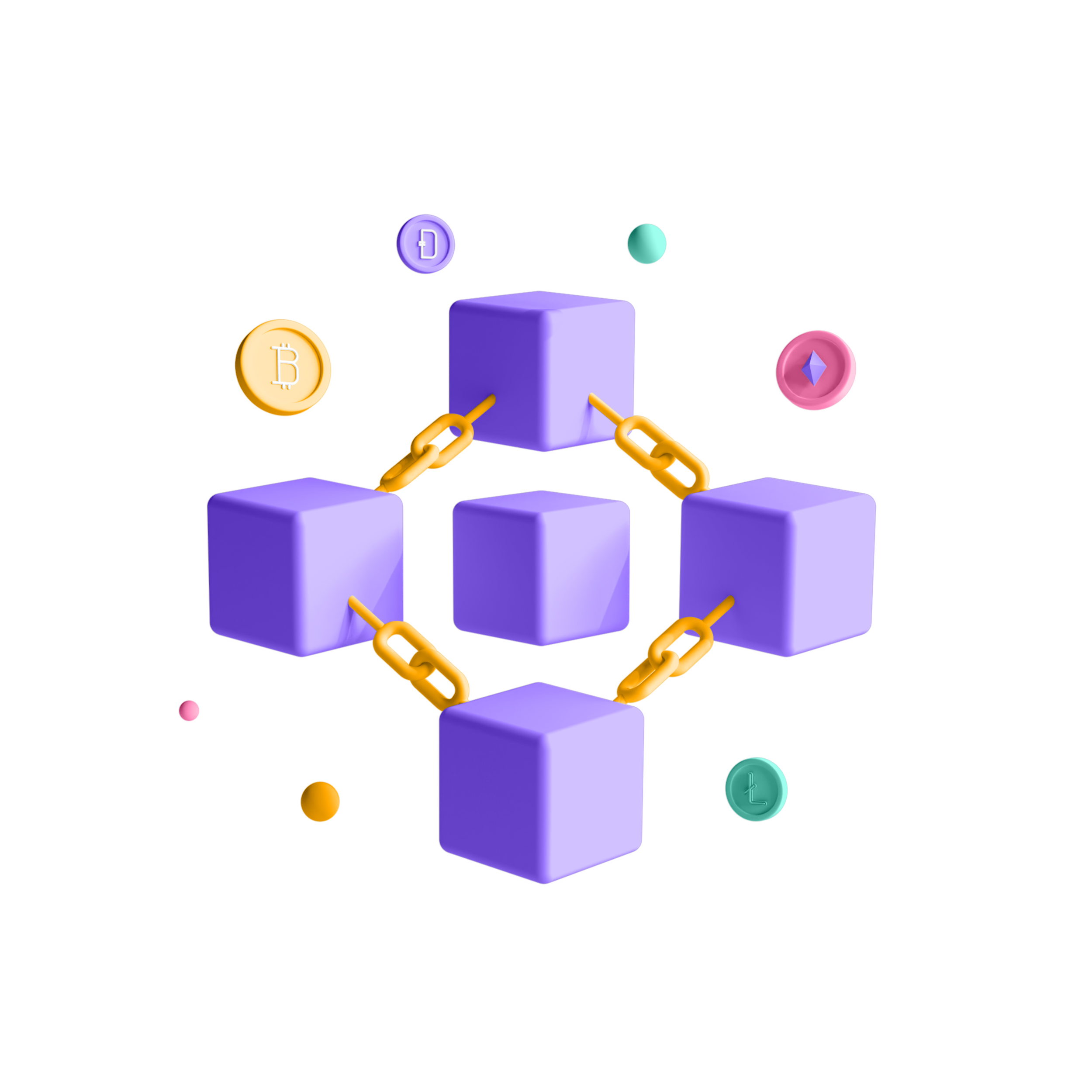If you're involved in the world of blockchain and cryptocurrencies, you've probably heard of Ethereum, one of the most popular platforms for developing decentralized applications. Ethereum has been around for a few years now, and while it has been successful in many ways, there are still some limitations to the way it currently operates. That's where ERC-4337 comes in – a proposed Ethereum Improvement Proposal (EIP) that aims to introduce a new feature called "account abstraction" to the Ethereum blockchain. In this article, we'll take a closer look at what ERC-4337 is, how it works, and what it means for users.
Definition of ERC-4337
ERC-4337 is a proposed EIP that aims to introduce account abstraction to the Ethereum blockchain. This would allow smart contracts to directly receive and send funds without the need for an intermediary account.
Overview of Ethereum and its limitations
Before we dive into account abstraction, let's first understand Ethereum and its limitations:
- Ethereum is a blockchain platform that enables developers to build and deploy decentralized applications, or dApps, on top of it.
- Ethereum uses a native cryptocurrency called Ether (ETH) to incentivize miners to process transactions and secure the network.
- Ethereum has some limitations, such as scalability, privacy, and security, that need to be addressed to make it more usable and accessible.
What is Account Abstraction?
Under the current account-based model used in Ethereum, smart contracts cannot directly receive or send funds. Instead, they rely on an intermediary account to execute transactions. Account abstraction, on the other hand, allows smart contracts to have their own unique address, enabling them to directly receive and send funds without an intermediary account. This would enable more complex smart contract interactions and make Ethereum more flexible.
What does ERC-4337 actually mean to you?
If you're looking for a more streamlined and user-friendly experience when it comes to interacting with decentralized apps (dApps) on the Ethereum network, then ERC-4337 might be just what you need. This new standard for contract accounts introduces several benefits that could make your life as a crypto user easier and more efficient.
- Simplifying Wallet Access: You'll appreciate the simplification of wallet access and logins. With ERC-4337, you won't need to deal with cumbersome private keys or seed phrases when logging in to your wallet. Instead, you can use your Ethereum address as your login ID, making the process much more user-friendly.
- Recovery Options: You'll have enhanced recovery options in case you lose access to your account. Unlike with traditional Ethereum accounts, ERC-4337 allows you to add recovery addresses to your contract account, giving you more flexibility and security in the event of a lost password or stolen device.
- Sponsoring Gas Fees:You'll enjoy the option of having your gas fees sponsored, which could save you a significant amount of money in the long run. With ERC-4337, you won't need to worry about paying for gas fees yourself, as a third party can cover them for you in exchange for a small fee.

Benefits of ERC-4337
| Benefits | Explanations |
| Improved user experience | With account abstraction, users would no longer need to hold and manage multiple accounts for different dApps. Smart contracts would be able to handle their own transactions, simplifying the user experience and making it easier to interact with dApps. |
| Increased security | Smart contracts would be able to act as account addresses, reducing the risk of hacks and attacks on externally owned accounts, which are currently the only accounts that can initiate transactions in Ethereum. This would enhance the security of the network and protect users' funds. |
| Easier onboarding for new developers | Account abstraction would make it easier for new developers to build and deploy dApps on Ethereum, as they would no longer need to learn the intricacies of externally owned accounts and gas fees. This would encourage more developers to build on Ethereum and increase the overall growth of the ecosystem. |
| Interoperability with other blockchains | Account abstraction would enable Ethereum to be more interoperable with other blockchains that support smart contracts. This would allow for cross-chain interactions and enable developers to build dApps that leverage the strengths of multiple blockchains. |
Drawbacks of ERC-4337
Although ERC-4337 offers considerable advantages, adopting it comes with certain risks. First, the added flexibility of this new standard could potentially be exploited. Moreover, compatibility problems with current wallets and applications, along with the necessity for users to trust third parties for their transactions, might present significant challenges. Furthermore, implementing ERC-4337 could demand substantial infrastructure and technical expertise, possibly raising centralization concerns. Lastly, the high expenses of the Ethereum network and the requirement for contract verification may further hinder the adoption of this standard. It is vital that users and developers remain vigilant and conscious of these potential risks while considering the implementation of ERC-4337.
Conclusion
To conclude, ERC-4337 represents a suggested Ethereum Improvement Proposal that incorporates account abstraction into the Ethereum blockchain. This enables smart contracts to directly send and receive funds without requiring an intermediary account. The new feature has the potential to streamline user experience, enhance security, and facilitate the development and deployment of dApps on Ethereum for new developers.
 en
en  pl
pl 







